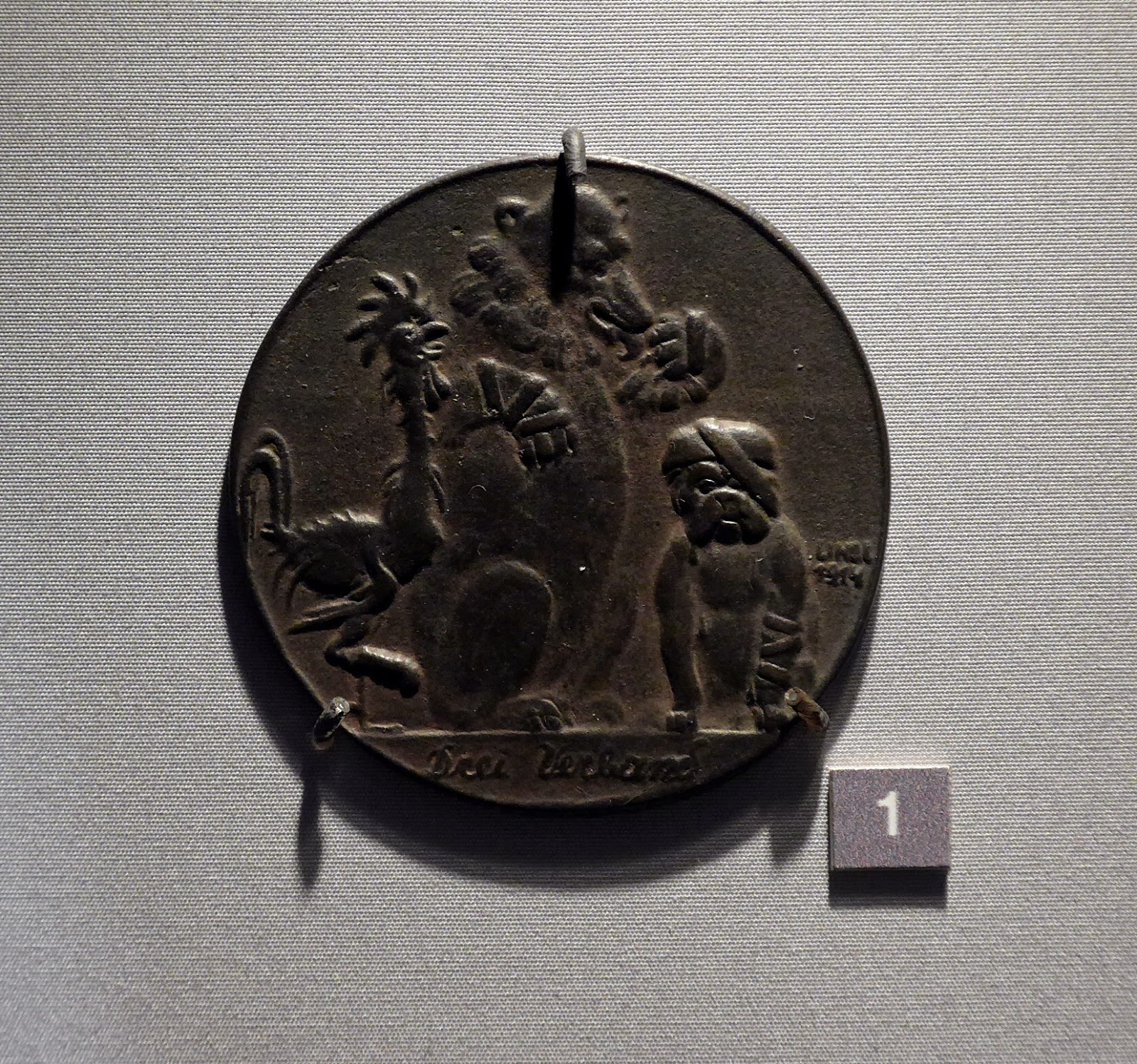I rarely go to museums alone. However yesterday I found myself at the British Museum with not only time to spare, but also alone. It felt like such a luxury. For a short time, about 45 minutes, I had no agenda, I could do and see what I liked. This is what happened.
Just through the entrance, to the right, I spotted these, Larrakitj.
An art installation by Wukun Wanambi from northern Australia.
Traditionally Larrakitj are Aboriginal hollow memorial poles, used as coffins by the Yolngu from Arnhem Land. Stringybark Eucalyptus trees are specially chosen and stripped, their surface prepared for painting. They are then painted with the design of a clan, filled with the bones of the deceased and put in the landscape for the wind and rain to gradually wear them away.
I found this really moving, yet felt slightly uncomfortable. Was this something I should be privy to? Is this not a private affair, laying your clan to rest. However these aren't coffins, they are art works which Wukun tells us he has made to "communicate Yolngu values and beliefs to outsiders".
Wukun painted the surface of these Larrakitj with shoals of sea mullet, the design of his own clan.
I really liked being with these Larrakitj, I'm not quite sure why. I didn't feel like an "outsider". I loved the sense of movement in the sea mullet design. Loads of fish packed in, but not at all claustrophobic nor chaotic. They all seem to know where they are heading, moving in the same direction. It always amazes me how shoals of fish move seamlessly together without bumping into each other and making a right mess of things. I think Wukun has captured that so beautifully. It gives me a real sense of calm. I can imagine the therapeutic nature of painting these fish onto the prepared trunks. Doing what his ancestors had done, continuing a tradition.
He has also captured something of a very busy British Museum.
I won't tell him that I actually had this gallery all to myself for a very short while.
No shoals here, just me.
You have until 25th May to see Larrakitj: Aboriginal memorial poles buy Wukun Wanambi at the British Museum. Details on their website here.





























.JPG)






















